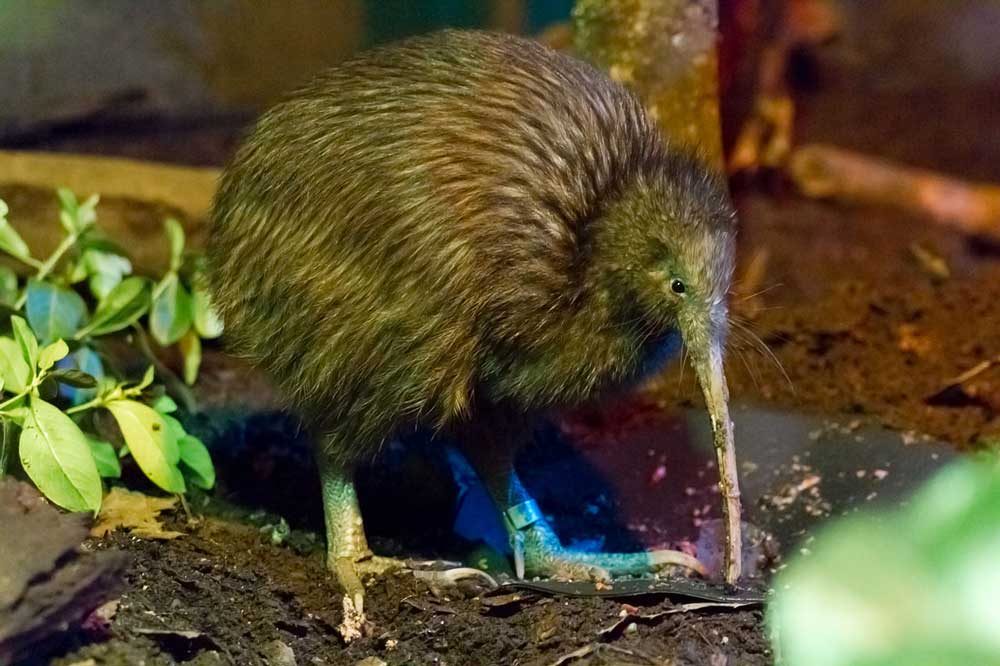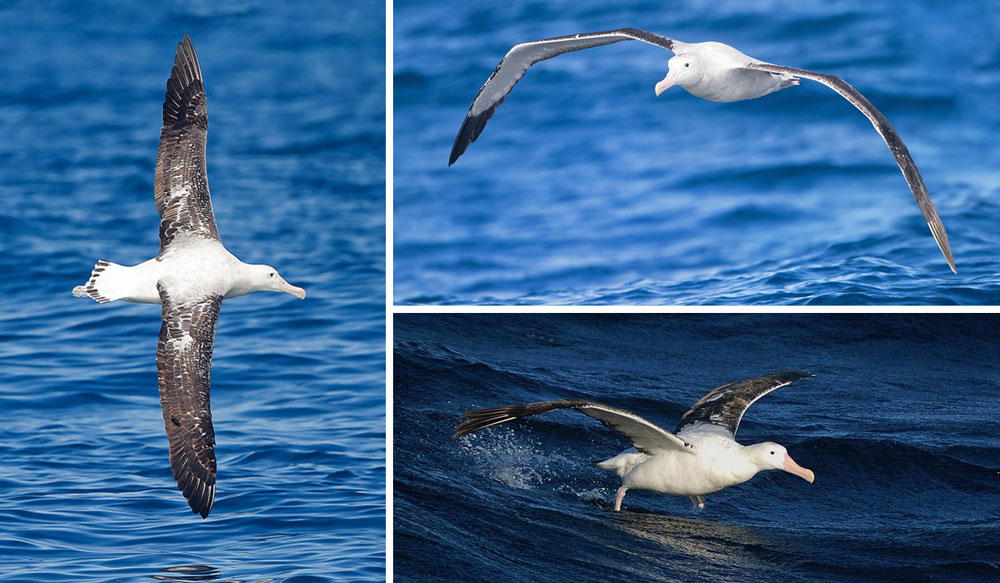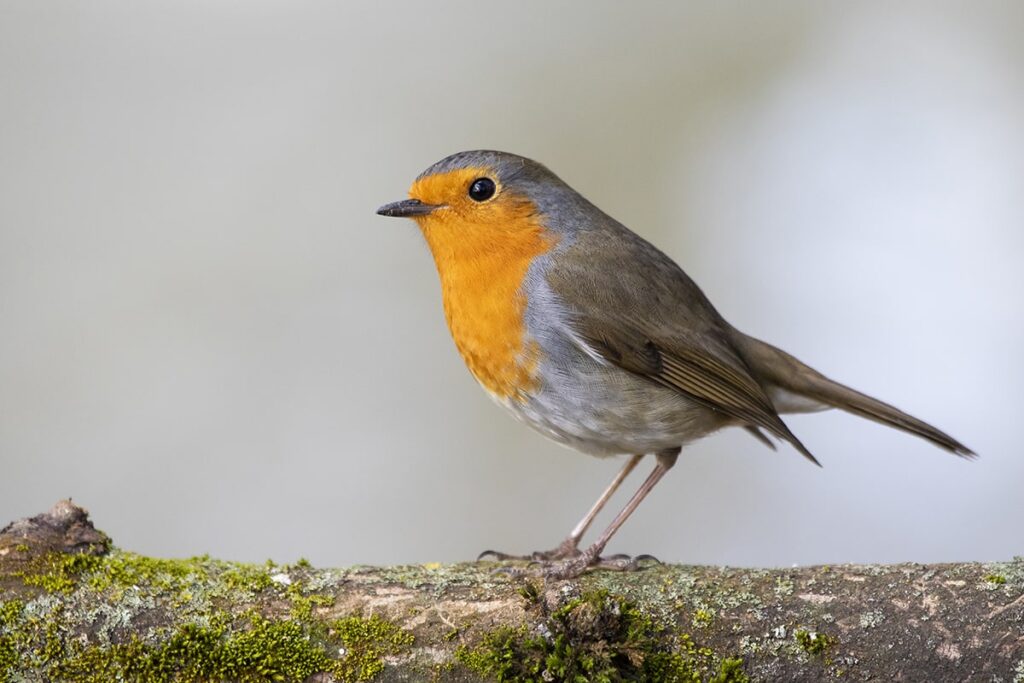- Kiwi birds: Kiwi birds are blind and therefore hunt using their sense of smell
- The chicken and the egg: According to National Geographic, scientists have found the answer to the age-old riddle of who came first – the chicken or the egg; Reptiles laid eggs thousands of years before chickens. The first hen came from an egg of a bird that wasn’t quite a chicken. Therefore, the egg came first
- Big eyes: Birds’ eyes take up around 50% of space in their heads. In comparison, human eyes take up about 5% of our heads
- Penguins: The penguin is the only bird that can swim but is unable to fly. It is also the only bird that walks upright
- Species: There are around 10,000 living bird species in the world
- Owls: Owls can almost turn their heads 360 degrees, but they can’t move their eyes
- Chickens: Chickens use over 200 different sounds to communicate
- T-Rex: Chickens are the closest living relatives of the Tyrannosaurus Rex
- Males and females: In the bird kingdom, males are generally more colorful and their dances and songs are usually more lively than those of females. When a female bird is looking for a mate, she generally chooses the most attractive one
- Bird pairs: Many pet birds thrive best when they live in pairs

Fact: The kiwi bird is blind and therefore uses its sense of smell to find food
Birds and humans
- Radio: It is estimated that around 1/3 of bird owners turn on the radio for their birds when they leave home
- Goose: The first bird to be domesticated by humans (i.e. become a domestic animal) was the goose
- Falconry: Falconry was developed more than 4,000 years ago in East and Central Asia. Birds were used because they could hunt and kill animals that were beyond the reach of hunting tools. Genghis Khan is said to have had 10,000 falconers!
- Canaries: Coal mines used to use canaries to detect elevated levels of the toxic gas carbon monoxide. The miners knew that they had to leave the mine immediately if the canary fainted or died (because it is more sensitive to the gas and therefore feels the consequences faster than humans)
Bird records and achievements
- Distribution: Birds are the most widespread animals in the world and are found on all 7 continents
- Brains: Crows have the largest brains (relative to their body size) of all birds
- Scuba diving: Some penguins can dive to a depth of 300 meters
- Eggs: The smallest bird eggs are the size of peas and are laid by hummingbirds. The largest eggs are the size of small melons and are laid by ostriches
- Tail feathers: The longest tail feathers ever measured were on a hen in Japan; they were 10.59m long!
- Feathers: The bird with the most feathers is the whooper swan (Cygnus columbianus), which can have up to 25,000 feathers. Hummingbirds, however, are so small that they have less than 1,000 feathers
- Speech: The most talkative bird in the world is the gray jaco (Psittacus erithacus). In one case, one of these parrots learned a whopping 800 words! Most other parrot species can only learn around 50 words
- Wingspan: The Wandering Albatross (Diomedea exulans) has the largest wingspan in the world. Normally, the wingspan is between 2.5 and 3.5 meters, but the official record is 3.7 meters. Thanks to its enormous wings, the wandering albatross can hover in the air – without flapping its wings – for hours at a time
- Biggest bird: The largest bird to ever exist on Earth was the huge elephant bird (Aepyornithidae), which could weigh up to 450 kg. Elephant birds went extinct about 400 years ago

Fact: The Wandering Albatross has the largest wingspan of all birds; it can be up to 3.7 meters! The Wandering Albatross is capable of soaring for hours without moving its wings. It soars 22 meters for every meter it drops in height
More facts about birds
- Rainforests: Around 2/3 of all bird species live in tropical rainforests
- Urine: Birds don’t have bladders to collect urine, which makes them lighter, among other things. Instead, they produce a white substance (“bird droppings”). The ostrich also has no bladder, but differs significantly from other birds in that it has a complete separation of feces and urine
- Flamingos: Flamingos stay with their partner for life. Some couples are together for over 50 years
- Hatching: The chicks of large bird species typically take longer to hatch than the chicks of small bird species. Emu chicks, for example, hatch after about 60 days, whereas small songbirds typically hatch after 2 weeks
- Ostriches: It’s a myth that ostriches bury their heads in the sand when they feel threatened or in danger. However, ostriches have been observed trying to hide by lying flat on the ground with their necks fully extended
- Fastest birds: There are two birds that are considered to be the fastest in the world: the kestrel (Hirundapus caudacutus), which can fly at 170 km/h and the peregrine falcon (Falco peregrinus), which can plummet at 325 km/h. The difference between the record holders is that the common swift is the fastest bird in ‘normal flight’ (so-called ‘horizontal flight’), while the peregrine falcon is the fastest plummeting bird
- Green woodpeckers: A green woodpecker (Picus viridis) can eat up to 2,000 ants per day


